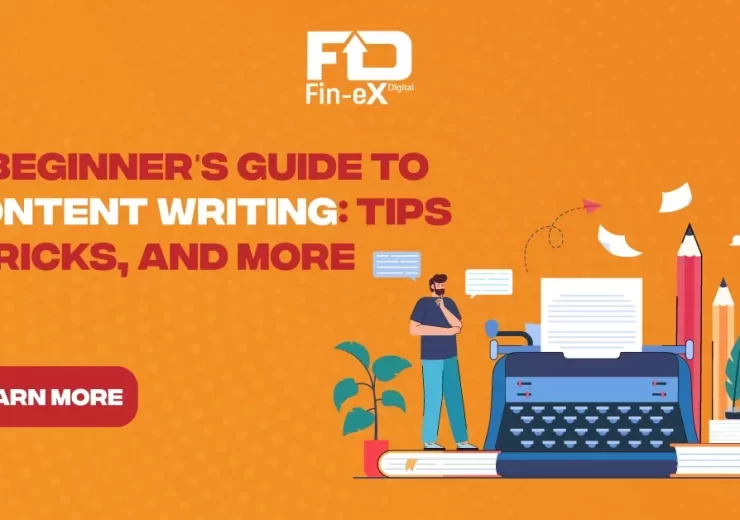Content Marketing for Small Businesses: Why, How and When?

Content marketing might seem like an ambitious strategy for a small business. But the numbers tell us it really is effective, no matter the size of your organization.
In this guide, we’ll hear from various content marketing experts working with small businesses. We’ll also take a look at how to create and distribute effective content.
What Is Content Marketing?
Content marketing uses blogs, social media, infographics, videos, downloadables and other engaging content to catch the interest of your target audience, as well as to engage, delight, convert and retain customers. It’s all about delivering value beyond your product offering.
Ultimately, it is a method of marketing that aims to generate repeat organic visitors to your website. It helps you capture relevant leads and grow your business.
Does Your Small Business Need Content Marketing?
We analyzed results from the State of Content Marketing Global Report, focusing solely on responses from leaders in companies between 11 and 250 employees.
We found that 60% of these respondents had a “fairly developed or advanced content marketing strategy.” And it seems to be paying dividends for them: 95% claim that they are enjoying some degree of success.
Benefits of Content Marketing for Small Business
Besides fuelling your marketing efforts, there are a number of clear benefits of content marketing for small businesses. Here’s how they break down.
1.Differentiate your business:
It can be hard to stand out online. But your content can take the lead, showing your brand values and giving your audience useful information.
2.Develop a brand:
Whether you’re providing a product or a service, it’s your brand that makes a lasting impression on your audience. With a strong social and organic presence, you can get people talking about you.
3.Connect with customers:
Your blog, social media and newsletter campaigns provide multiple touch points for your audience, and offer more opportunities to connect with your customers directly.
4.Show the benefits of your product:
Product descriptions and ads are great, but bottom-of-the-funnel content like case studies, product demos and guides can really show the benefits of using your products.
5.Attract organic website visitors:
Optimized website and blog content can bring in targeted, long-term organic traffic for years after publishing. Marketers can find themself at the mercy of social media ad platforms and fluctuating prices. Get longer-term value from high-performing SEO content and become less reliant on ads.
6.Create a community:
Comments, likes and shares on social media posts tap into your audience’s network. Grow your following, increase engagement and see more traffic come your way
When and How Should Small Businesses Start with Content Marketing?
Start yesterday! The slow and steady approach works for content marketing as long as you are adding value and servicing your customers with your content. So start now and build a library of content that attracts organic traffic.
What Are the Key Questions to Ask Before Engaging in Content Marketing?
Content will probably form the backbone of your marketing activities. After all, even ads need content!
But that doesn’t mean that everybody should blog or run a YouTube channel—it won’t make sense for every product or service.
Marketers and small business owners should therefore ask themselves three core questions:
- What is my key expertise?
- How can I make each piece of content interesting for my target audience?
- On which channels will this content be most effective?
How to Establish Your First Content Marketing Goals?
Regardless of when you start, you’ll need to set goals for your marketing team. Ambition is good, but you can’t expect to start ranking at #1 in the search engine results pages overnight.
Based on our research, small businesses have a number of different uses for content marketing.
The biggest is to create brand awareness (46% of responses included this answer), that’s followed by boosting website traffic (41%) and improving sales results (40%).
Here’s How to Balance Your Short and Long-Term Goals
1.Think about what you want to achieve
It’s important to think about the short-term and long-term gains you hope to achieve with content and plan accordingly.
How
Your goals should be rooted in business outcomes. Perhaps you want more leads, more sales, or more referrals. Consider how content can help you achieve this (for example, a downloadable guide might help you grow a mailing list).
2.Break down your goals
Do not try to do everything all at once. Smaller goals are more manageable and realistic.
How
For example, rather than just having a goal to launch your Instagram channel and increase your client base, you could break your goals down like this:
Goal one
- Set up an account by the end of the week
- Add logo and brand description with a link to the shop
Goal two
- Work with a designer to decide on the look and feel of the content
- Test content types to see what gets the most engagement
- Create a four week batch of content for testing by the end of the month
Goal three
- Reach our target of 1,000 followers by the end of the second month
- Get engagement and messages from our followers
- Showcase products in stories or reels to get 10% more traffic to our website
3.Set a timeline
Break down your goals into short, medium and long-term
Final Thoughts
With over 97% of businesses including content in their marketing strategy, it’s time for your company to jump on this trend and build a foundation for attracting customers organically. Be sure to focus on providing valuable and high-quality content and document your strategy.
To make your efforts more organized and data-driven, try the Fin-eX Digital Services. It will help you improve your online visibility, reach new customers, and grow your business with content.




